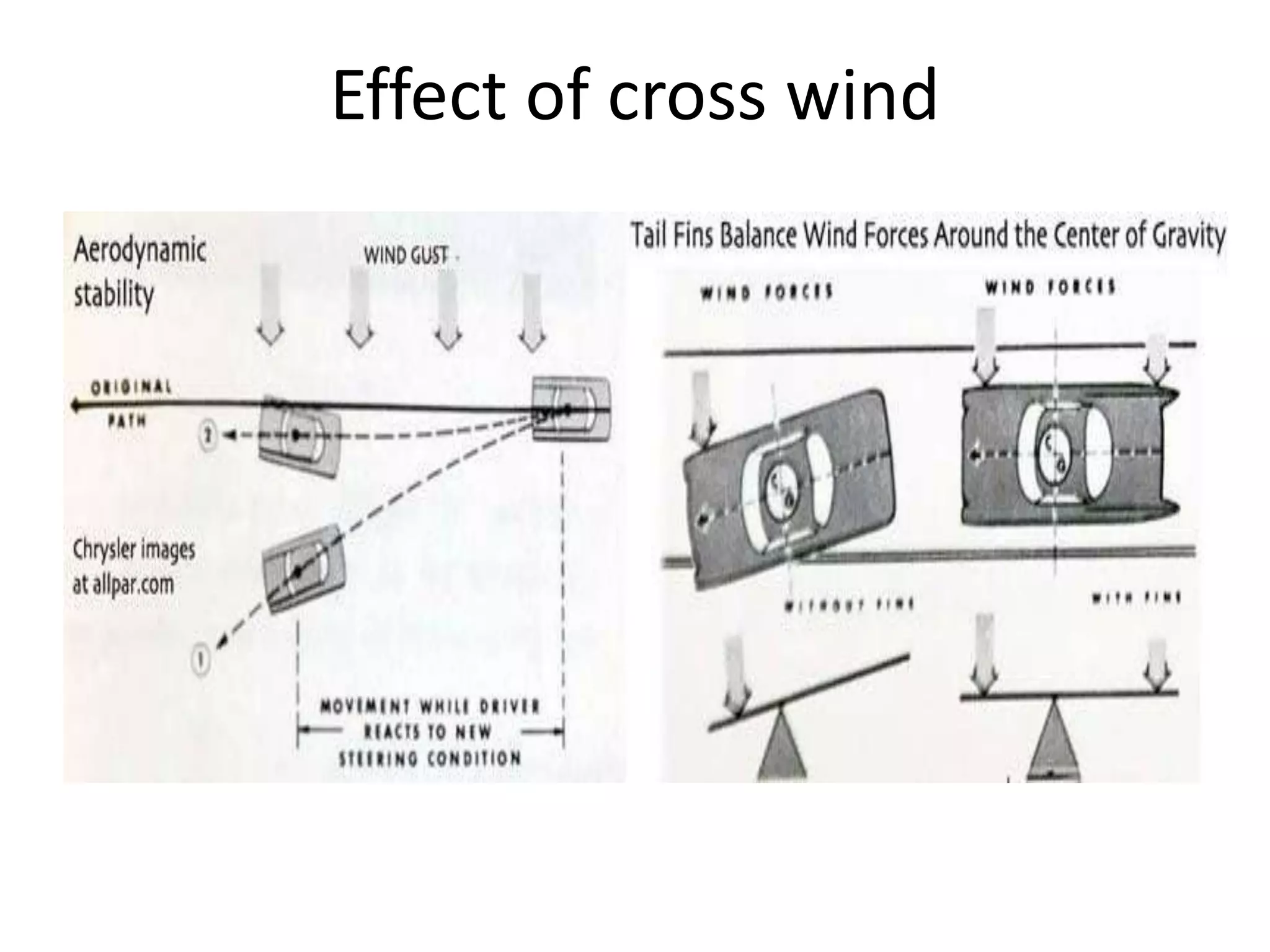DannoXYZ
- 69
- 16
- TL;DR Summary
- At last trackday at Attesa Podium Club, huge gust of wind blew one bike off track. Yet not others. Would like to model change in bike's trajectory from crosswinds. Along with steering corrections needed to maintain original path.
So I'm trying to develop model of what happens to motorcycle's path when it gets hit by crosswind.
initial velocity = 100mph
crosswind direction = 45 degrees towards bike
crosswind speed = 60mph
Now I was thinking to separate crosswind into longitudinal and lateral forces. Longitudinal component pushes bike back and slows it down, but doesn't change its direction.
Lateral force does change bike's direction. Depending upon bike+rider cross-sectional area, it would catch certain amount of wind. Can determine lateral pushing force based upon velocity of wind sideways normal to bike and air-density.
So then it is just vector addition of original velocity of bike, minus longitudinal force of crosswind (headwind) along with lateral force of crosswind pushing bike sideways?
I'm also thinking there's some sort of friction component from tyres on ground somehow, but not sure how that ties in.
Thanks
initial velocity = 100mph
crosswind direction = 45 degrees towards bike
crosswind speed = 60mph
Now I was thinking to separate crosswind into longitudinal and lateral forces. Longitudinal component pushes bike back and slows it down, but doesn't change its direction.
Lateral force does change bike's direction. Depending upon bike+rider cross-sectional area, it would catch certain amount of wind. Can determine lateral pushing force based upon velocity of wind sideways normal to bike and air-density.
So then it is just vector addition of original velocity of bike, minus longitudinal force of crosswind (headwind) along with lateral force of crosswind pushing bike sideways?
I'm also thinking there's some sort of friction component from tyres on ground somehow, but not sure how that ties in.
Thanks
